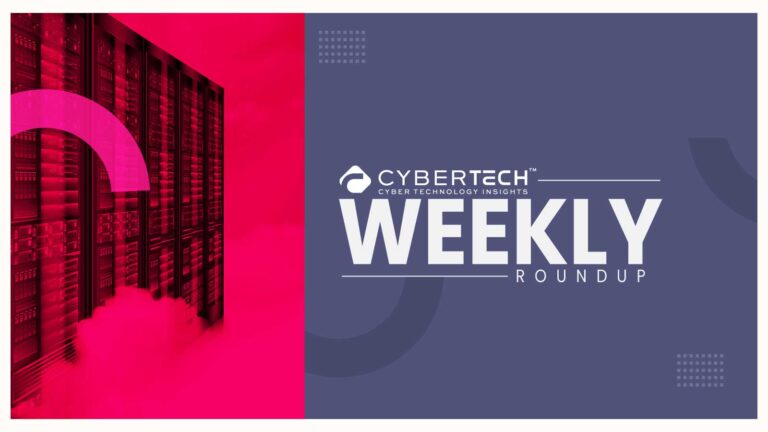OpenAI has now released GPT-5. The most capable large language model to date. A “PhD-level expert,” able to reason across modalities with total authority. And it is open to all users. Free or paid. GPT-5 was better than its predecessors because it runs on a unified architecture, at least from my understanding. This at least features in its reasoning, coding, and creativity.
Sam Altman, OpenAI’s leader, stated that GPT-5 is a step toward Artificial General Intelligence (AGI). The most sophisticated aspect is its very deep thinking. Additionally, it has solved problems very well, and it is more human-like with its ability to adapt. GPT-5 represents consumer buy-in and a way for businesses to adopt on a mass scale. This will also likely increase the competitiveness of impact firms in AI across North America, EMEA, and APAC.
Breakthrough Capabilities and Core Innovations
GPT-5’s structure is a strong leap from previous versions. From a high-level perspective, it is a “smart router” model. That can dynamically choose which reasoning pathway is best based on the initial prompt. It can also switch between fast, lightweight results and slower calculations with multiple reasoning paths. OpenAI calls this the “thinking engine.”
Initial example tests covered in OpenAI’s technical briefing showed dramatic improvements in logical correctness, coding fluency, and domain relevance. For instance, GPT-5, much like GPT-4o, had higher scores on simulations of professional certifications. These include law, finance, and software engineering, along with a more than 20% decline in factual errors. As noted by IEEE Spectrum, these improvements are a mix of improved tuning of the model and the introduction of new domain-specific datasets.
In the area of creative work, GPT-5’s capabilities are also improved. The model can write long narratives or technical documentation while minimizing the repetition of sentences, phrases, or topics. Altman claimed that GPT-5’s “hallucination” rate, or generation of inaccurate or fictional things, is at a consistent and reliable linear rate. It was no stronger than that of previous generations. As “hallucinations” were further minimized by taking steps to reinforce, suggesting truthful output.
For developers, GPT-5 comes in three variants:
- GPT-5 (complete model) for premium and enterprise levels
- Also, GPT-5 Mini for cost-effective, fast processing.
- GPT-5 Nano is optimized for edge devices and offline tasks.
This tiered strategy enables businesses to balance cost, performance, and operational requirements without moving between disparate models.
Access and Pricing
In a major shift from past releases, GPT-5 is open to free-tier ChatGPT users. Though with lower usage limits. Plus, Pro, Team, and Enterprise subscribers. Developers will be able to access GPT-5 via the API. Furthermore, OpenAI is pricing the models competitively. Hoping to drive adoption ahead of competing platforms. This includes Claude from Anthropic and Gemini from Google.
According to TechCrunch, the API pricing for GPT-5 is lower than many competitive offerings. With input tokens at $5 per million and output tokens at $15 per million for the full model. The Mini and Nano versions are even lower. This should drive adoption in startups and embedded systems.
Education and non-profit organizations will benefit from unique access programs, and OpenAI indicated it will continue to partner with universities for research and curriculum.
Enterprise Integration and Developer Momentum
Microsoft, OpenAI’s largest funder, wasted no time in integrating GPT-5 into its line of Copilot products. The model now powers features in Microsoft 365 applications, GitHub Copilot, and Azure AI Studio, as enterprise customers have an AI environment that scales from document drafting to high-complexity software development.
Developers have reacted favorably when shown GPT-5 code generation benchmarks. Early telemetry analysis of GitHub Copilot shows that users are getting faster error identification, improved syntax in multi-language projects, and improved context in refactoring suggestions. This creates a real advantage for cybersecurity companies, fintech firms, and SaaS providers, creating secure and compliance-driven code.
Meanwhile, the rest of the developer community is exploring GPT-5’s capabilities in developing autonomous agent frameworks. Applications where AI components complete multi-part tasks on their own. These types of applications range from automating compliance workflows to structured market research tasks, democratizing AI, and in many ways, erasing the line between human decision-making and AI executing tasks on its behalf.
Mixed Market and User Reactions
Even with its impressive features, GPT-5’s release has captured an interesting split in opinion. Some enterprise leaders and analysts see it as a leap further into competitiveness, while a vocal segment of ChatGPT Plus subscribers state the model feels “less creative,” or “more mechanical,” than GPT-4o, which, for many, had a more human-like conversational tone.
According to The Verge and Business Insider, some long-time subscribers even stated they cancelled their subscriptions due to a dislike for the storytelling and humor generated by GPT-5, versus GPT-4o. OpenAI responded to the criticism by first reintroducing GPT-4o as an option for Plus subscribers, and then by increasing the usage limits on GPT-5 for Plus subscribers from 100 to 200 prompts, to increase the opportunity for testing.
Sam Altman addressed this to some extent, in response to Bloomberg’s question about subscribers cancelling their subscription, he noted that it was real that people had an emotional bond with the AI personas and needs to be taken seriously, ” It’s like we have to take seriously we are creating things that people can bond with something emotionally, not just how they rank in benchmarks,” said Altman.
Competitive and Strategic Implications
The release of GPT-5 forces competitors to respond to its layered approach to performance, cost of entry, and cross-platform features. Competitors, like Google’s Gemini 2.0 and Anthropic’s Claude 3.5, are beginning to find their time in the spotlight; however, OpenAI’s aggressive pricing and enterprise selling strategy are. Particularly utilizing Microsoft partnerships, which could build a big moat.
Tech analysts suggest that GPT-5 could speed up the adoption of generative AI across regulated industries, where depth of reasoning and accuracy of outputs trump speed. Regulated industries, such as financial services, healthcare, and governmental agencies, will be looking to trust a step change in controlled output and improved factual grounding.
Markets in APAC, with a broad patchwork of bandwidth and infrastructure, should find the GPT-5 Nano variant’s local hosted delivery of GPT-5 particularly appealing. Especially in the case of region-based compliance around data residency laws.
User Backlash and OpenAI’s Adaptive Response
Negative feedback has not defined OpenAI’s early post-launch strategy but has influenced it. By keeping GPT-4o open and relaxing the limits of GPT-5, OpenAI has displayed it is open to adjusting what the AI does while not delaying their product roadmap.
The pushback regarding GPT-5 has, in part, been related to the tighter alignment settings, which restrict speculative or imaginative content. For the industries that need a consistent output that is factual, this is a positive outcome, but creative professionals may find this negative, as they have lost the opportunity for risk. OpenAI accepts this tradeoff and is teasing “creativity modes” in future updates.
The Broader Impact and Future Outlook of GPT-5
More than just an upgrade, GPT-5 is a shift in how large language models are seen regarding enterprise operations and personal computing. It is faster at reasoning, more accurate, and can sell across multiple access tiers while simultaneously serving developers from Fortune 500 companies, as well as ten-year-old children. However, the mixed emotional reaction from the community does recognize a hard truth.
The progress of AI is being measured not just by successive performance statistics and benchmarks, but also by user trust. And while competitors have their counter-punches planned, GPT-5 will either continue to entrench OpenAI’s supremacy and leadership position or find itself rapidly under the heat to evolve. For now, it is one of the most consequential releases of AI in the past decade.







